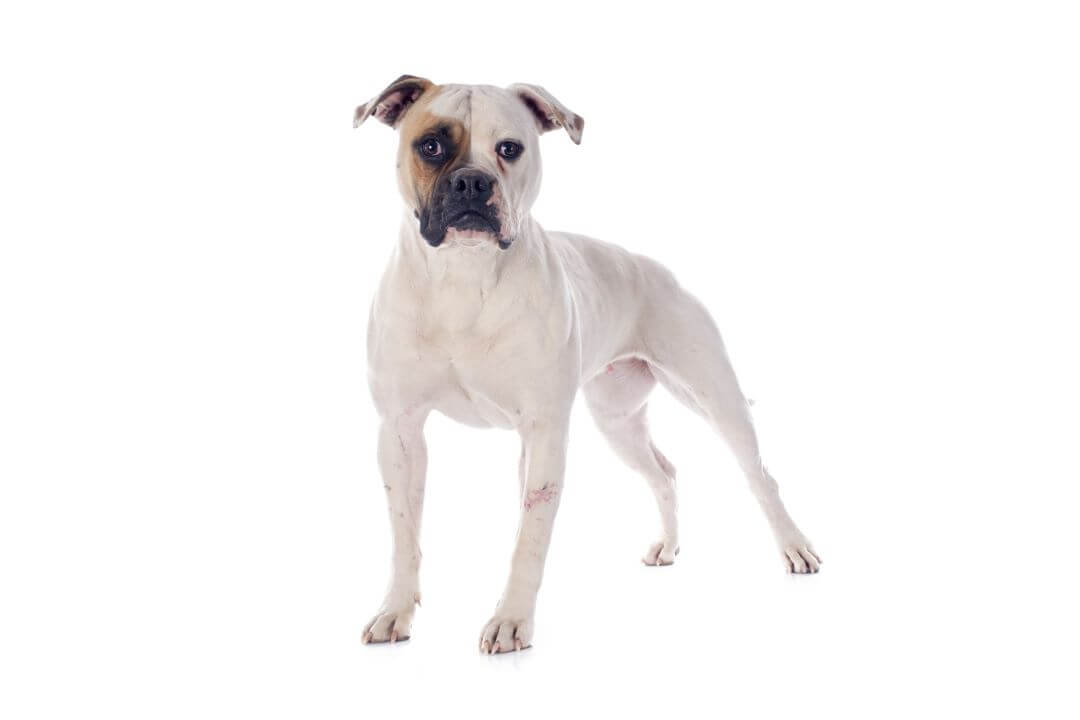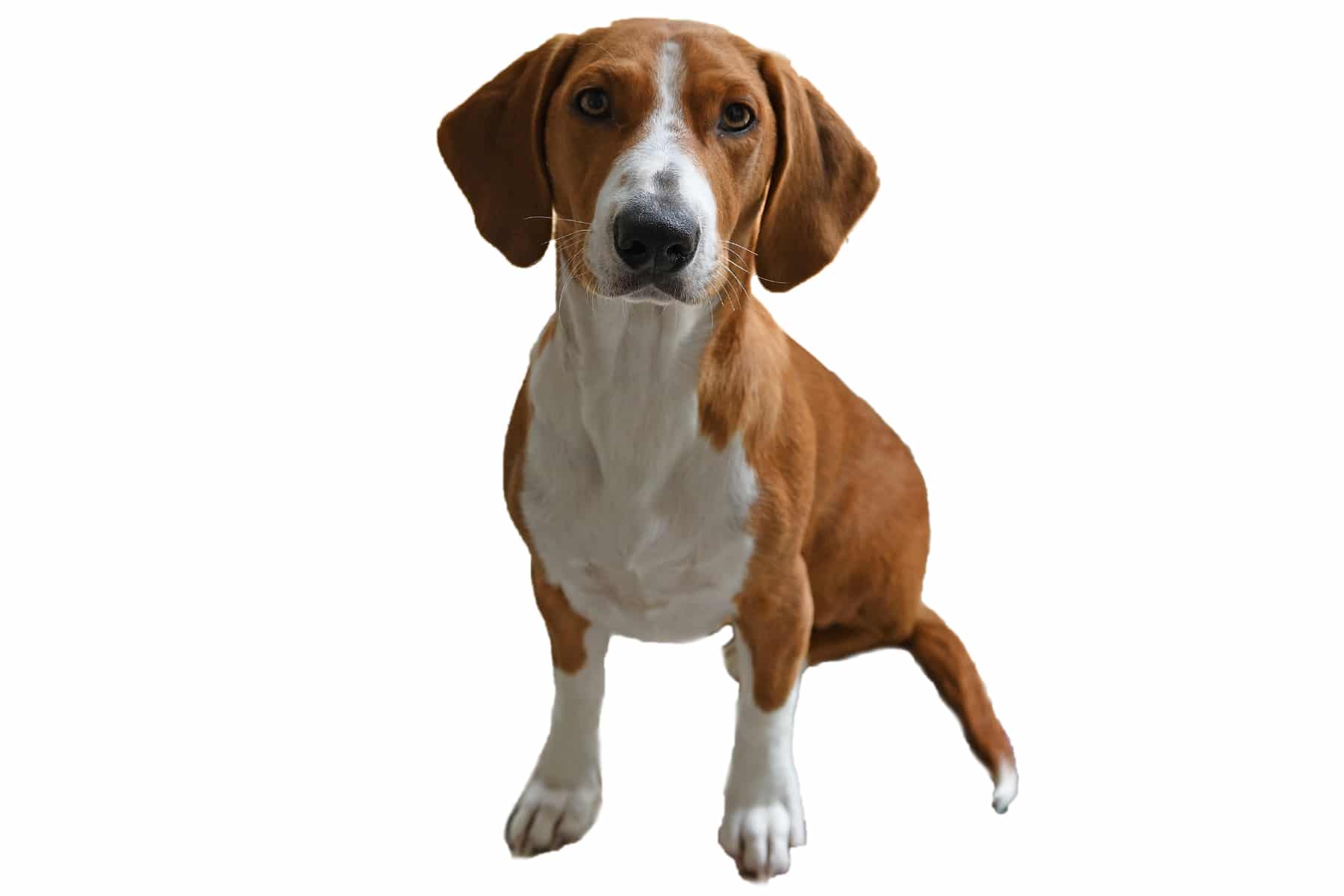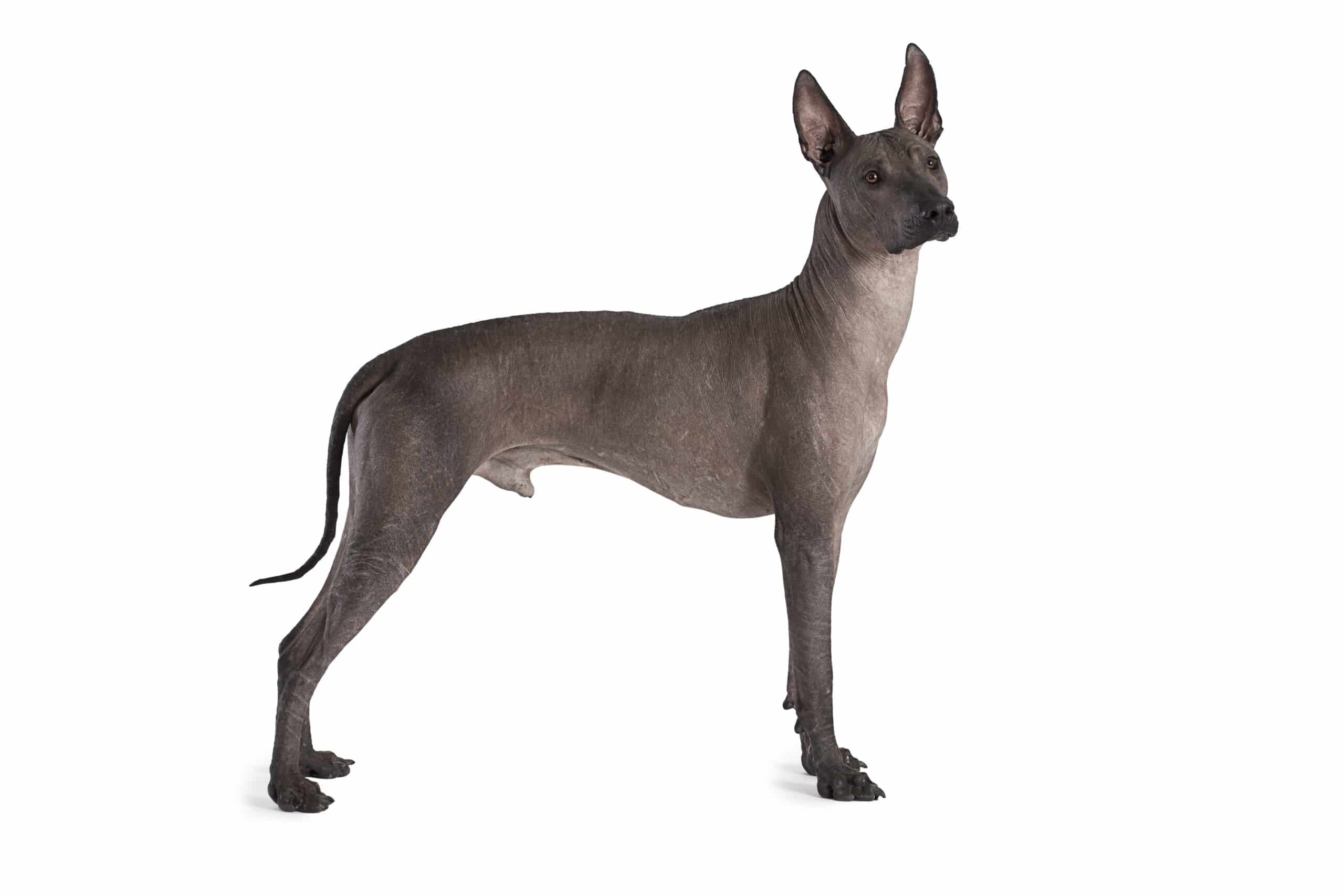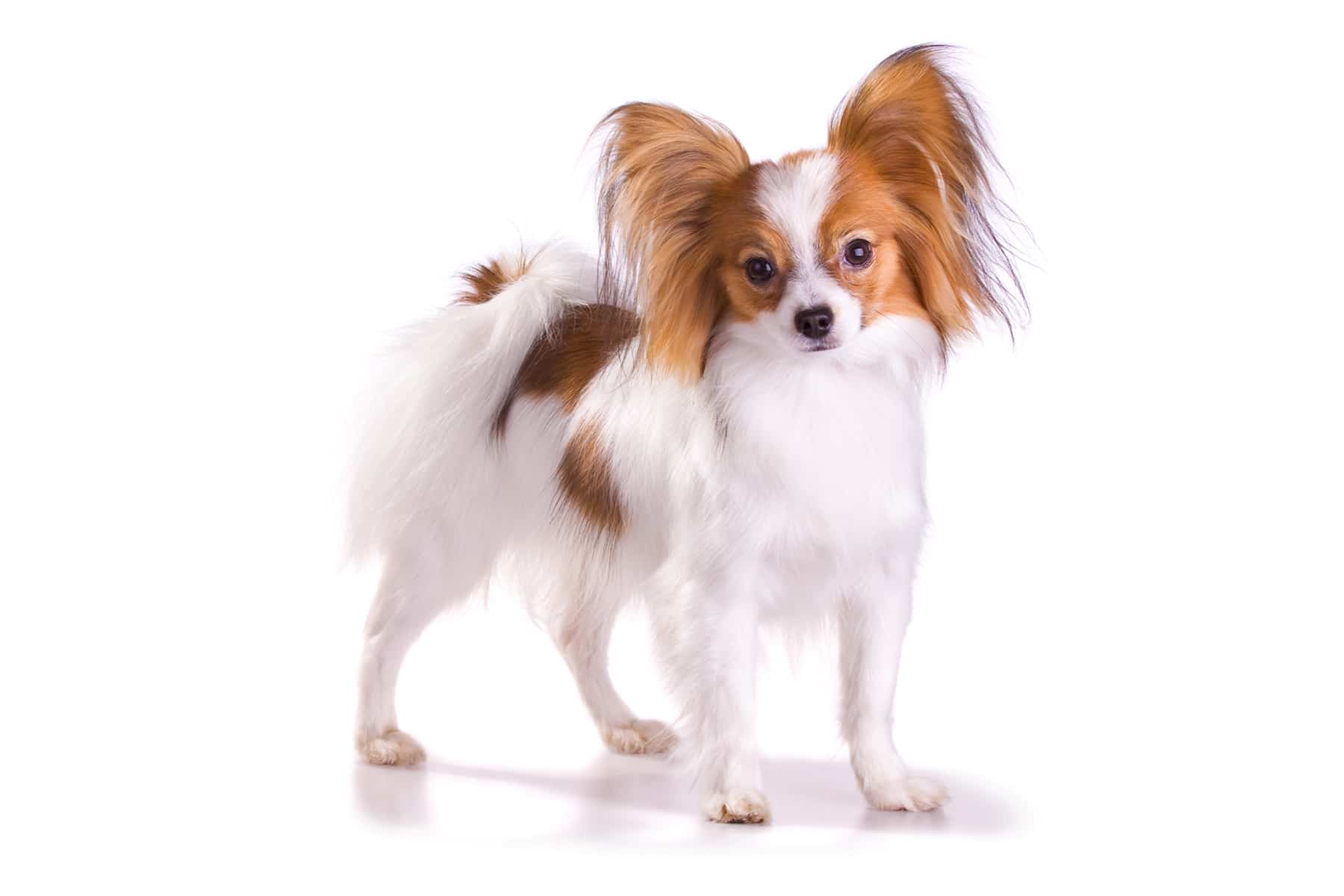Coarse-Haired Styrian Hound
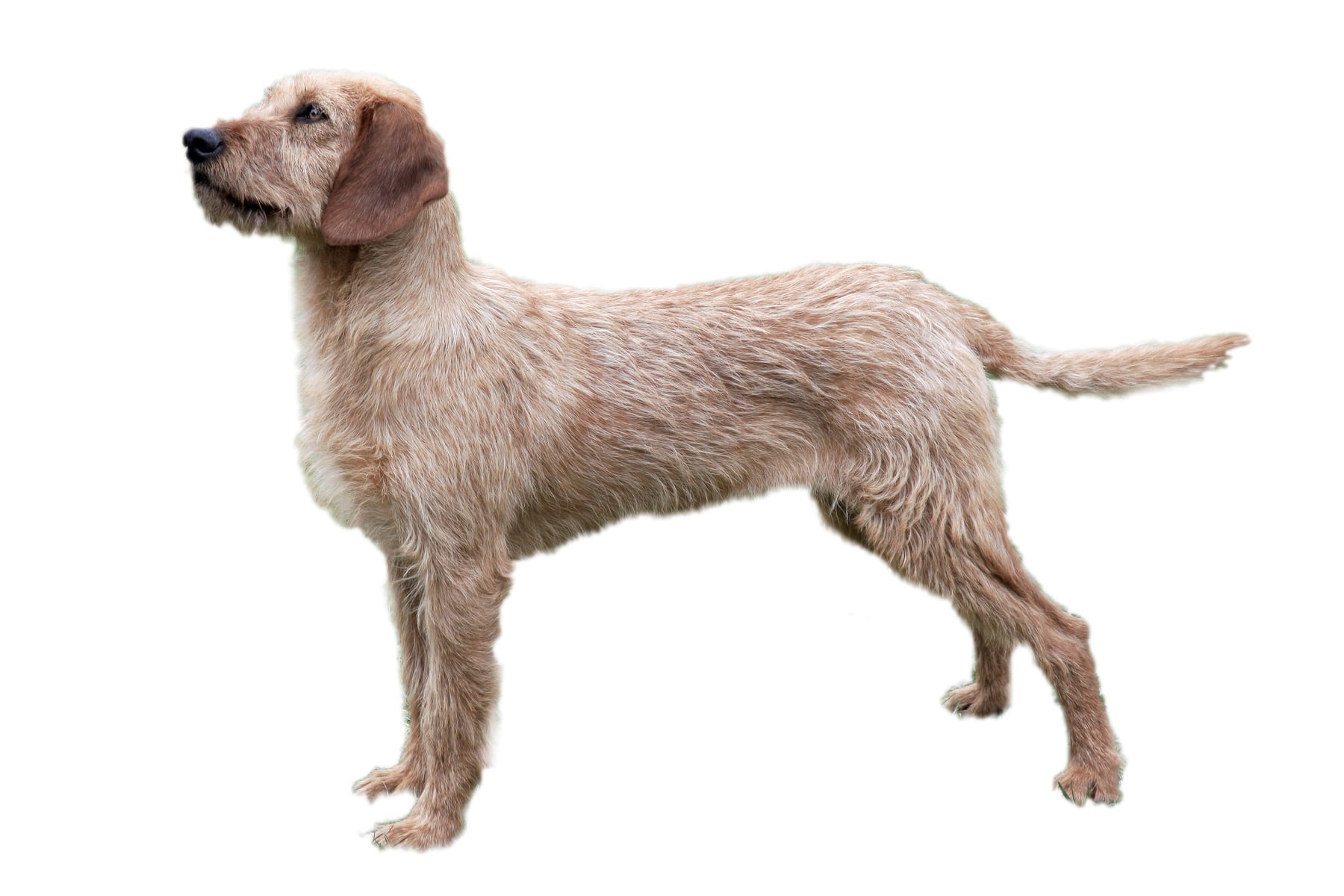
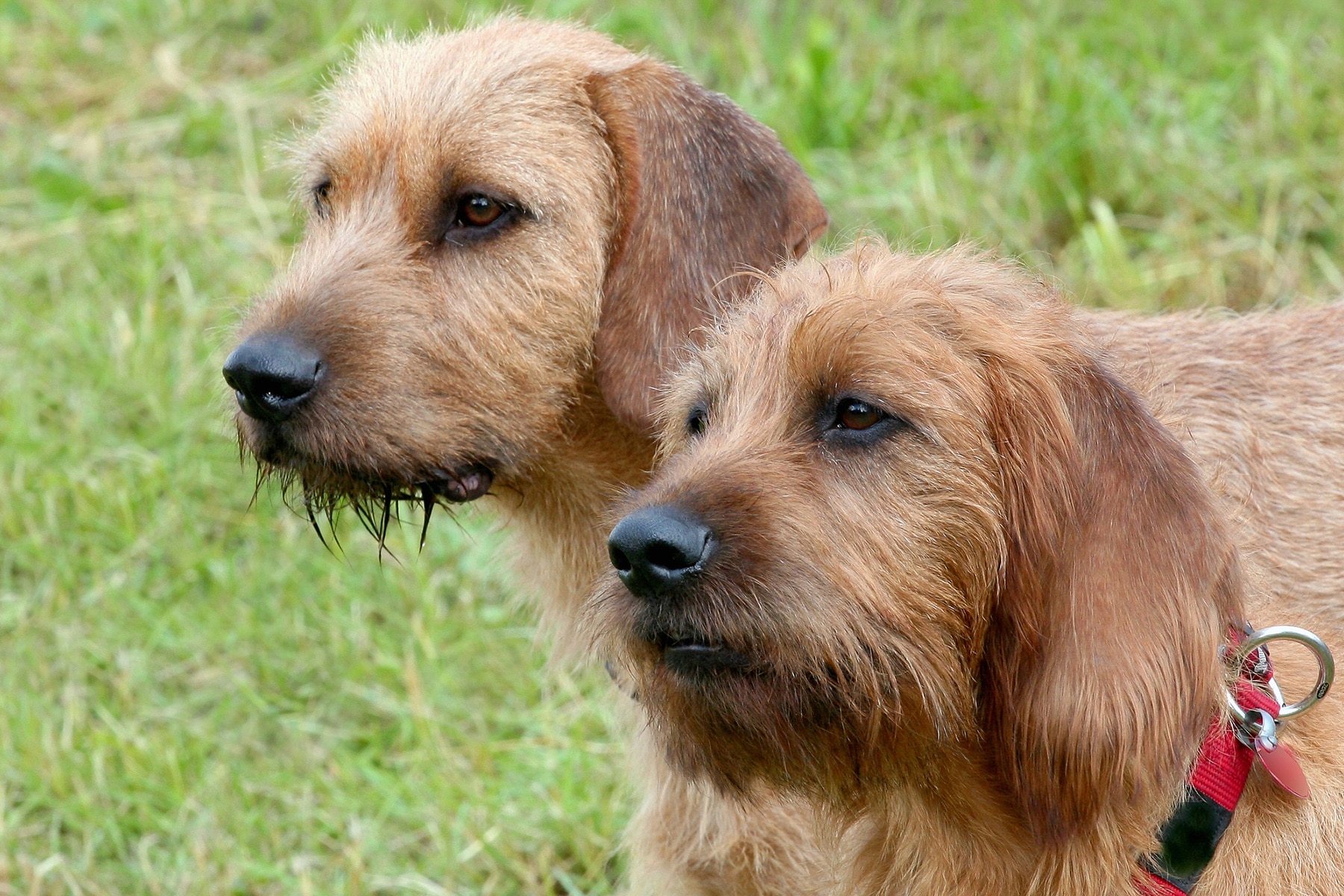
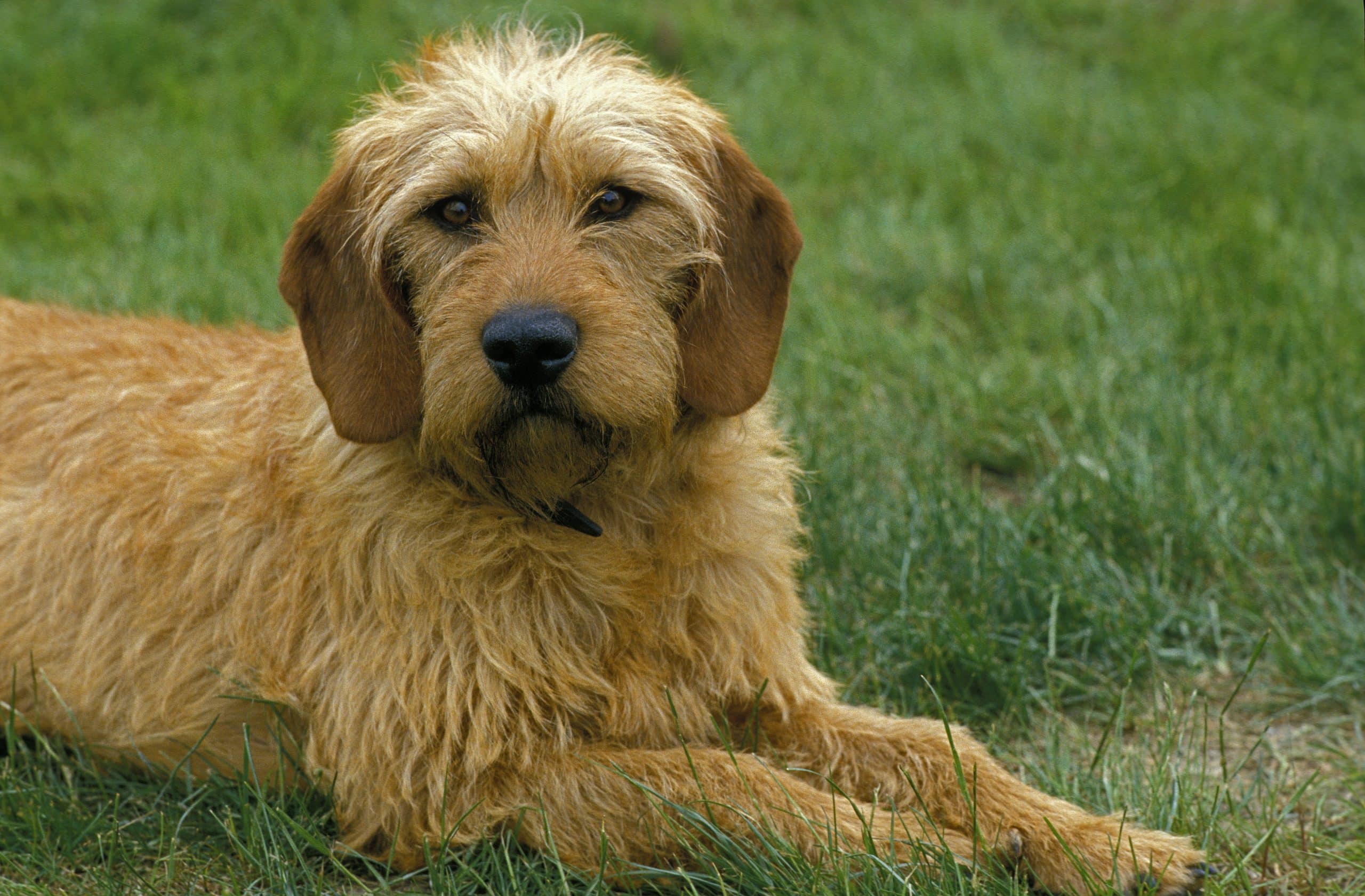
Temperament:
The Coarse-Haired Styrian Hound is a hunting dog bred in Austria. It is also known as the "Peintinger Bracke" after the founder of the breed, Karl Peintinger. The Coarse-Haired Styrian Hound is suitable for hunting by so-called "bracking" or for "welding work". It is a working dog and not a pure family dog.
Characteristics
When fully grown, the breed reaches a shoulder height of approx. 45-53 cm. The males are slightly larger than the females. The breed therefore belongs to the large dogs. The weight varies, but is usually just under 20 kg.
The Coarse-Haired Styrian Hound has a dense, hard coat. This provides excellent protection even in harsh climates, as can occur when hunting. Due to its constitution, it is also suitable for use in high mountains.
Typical for the breed are the beige to reddish-brown coat, the drooping ears and the sickle-shaped curved tail.
The breed is considered to be very hardy and robust. It is also suitable for hunting in difficult conditions and rough terrain.
It is ideal for rummaging and tracking work: when bracking, the dog rummages up the prey and pursues it loudly. By barking during the pursuit, the hunter learns where the dog and prey are at the moment. Welding work, also known as stalking, is another hunting technique. Hunting dogs are used to track down dead or injured game after a shot.
As the dogs were bred specifically for this task, they have a pronounced hunting instinct. The Coarse-Haired Styrian Hound is therefore not suitable as a pure family dog! However, with appropriate hunting training, it can become an affectionate and loyal companion.
Coat care:
Shedding:
Energy level:
Trainability:
Children suitable:
The right food
When choosing food, make sure that it contains high-quality ingredients, is balanced and meets your dog's requirements. Age, size or weight, activity and health status play an important role. You should follow the manufacturer's recommendations for the amount of food.
Treats should only be fed in moderation and deducted from the basic diet to avoid obesity.
Puppies can be fed 4-6 times a day. The number of meals should be gradually reduced to 2 per day until the dog is fully grown. A rest period should be observed after meals.
Fresh drinking water should be available at all times.
Health & Care
The Coarse-Haired Styrian Hound has an easy-care coat. It is sufficient to brush the dog at regular intervals. Although the hunting dog does not make high demands on physical care, it is not easy to keep. Due to its hunting instinct and willingness to work, the dog needs regular tasks and activity in order to feel comfortable.
Suitable accessories
Accessories for the Coarse-Haired Styrian Hound include: Food and water bowl, sleeping place, collar and lead. A brush for grooming should also be included.
Since the Coarse-Haired Styrian Hound is to be used for hunting, you can also invest in special harnesses and leads. Conspicuous chest harnesses with wide padding and a long lead are particularly suitable for welding work. Eye-catching collars also help to keep a better eye on the dog when hunting. There are now even collars with a tracking function.
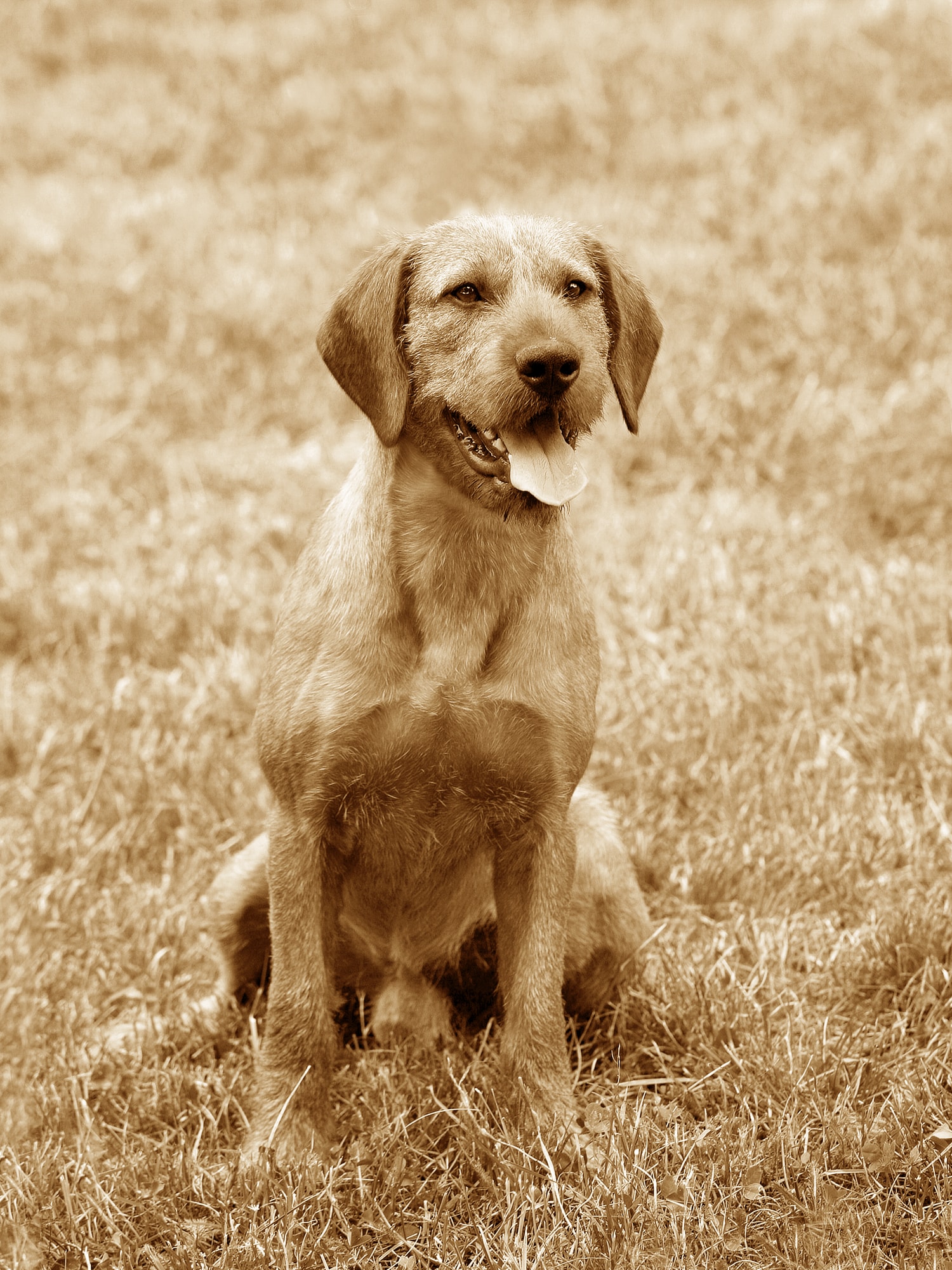
Origin & History
The breed was founded in 1870 by Karl Peintinger. The place of origin is Styria in Austria. The Coarse-Haired Styrian Hound originated from the crossing of two breeds. The mother was a Hanoverian Scenthound. The father was a Coarse-Haired Styrian Hound. The result was a very hardy and enduring hunting dog.
The breed is relatively small. It is looked after by the German and Austrian Bracken Club. You can also find out about current litters there.
In order to minimize inbreeding within the breed, other dog breeds have also been crossbred in recent years. This reduces the risk of breed-typical diseases developing. At present, animals of the "Barak" breed from Bosnia are being crossbred again and again. These are similar in appearance and character to the Coarse-Haired Styrian Hound.
